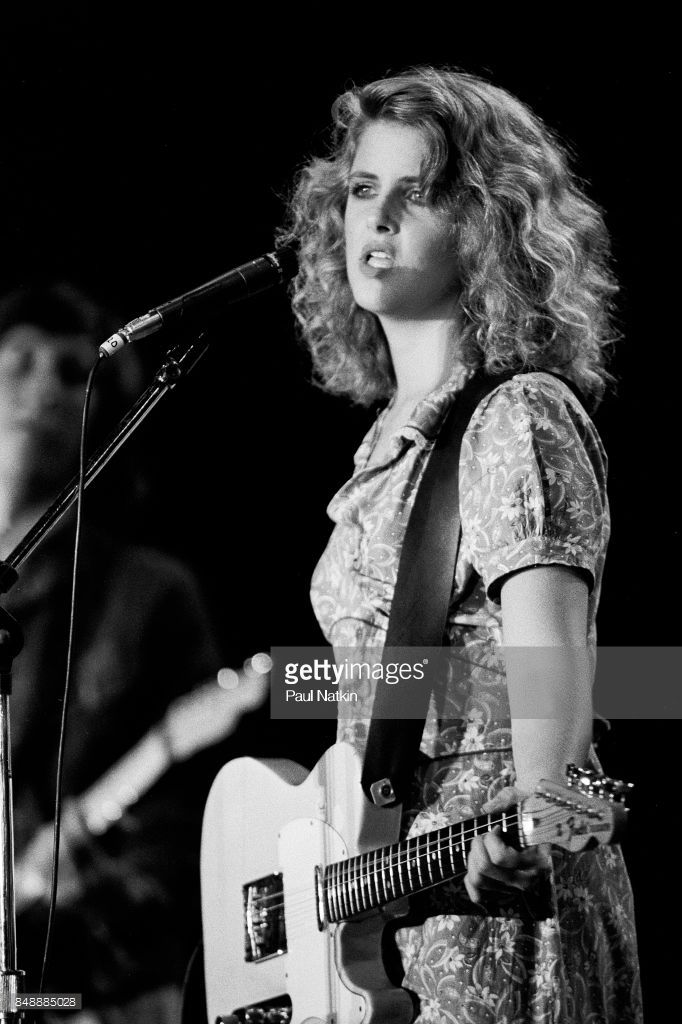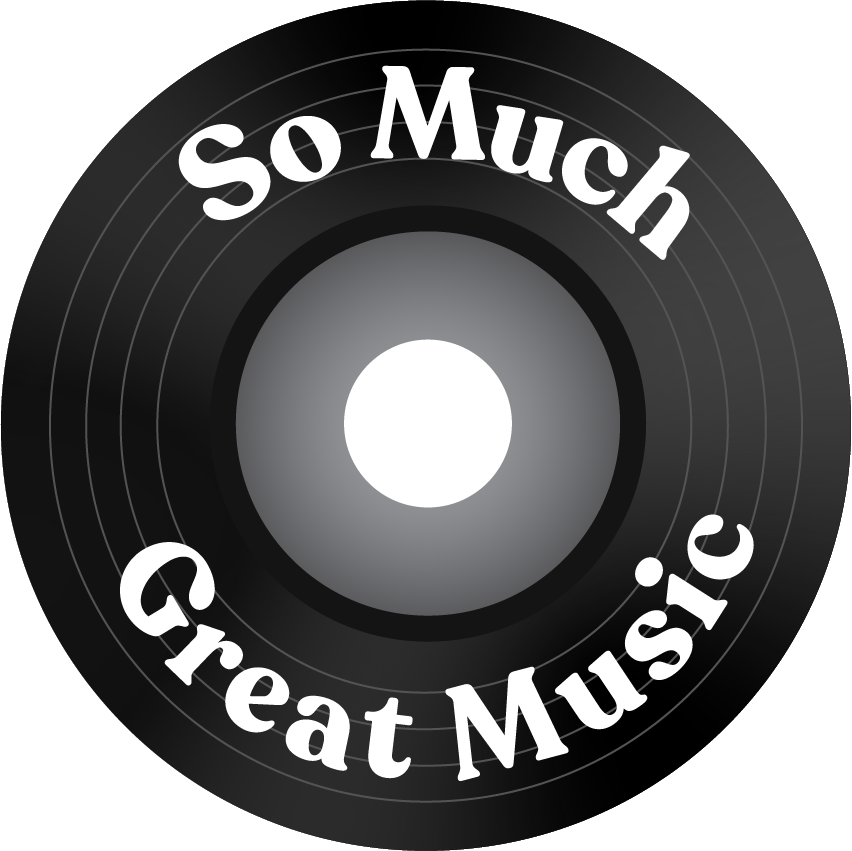
In the early ‘80’s a bohemian fireball named Maria McKee burst onto the southern California scene, commanding the attention of the L.A. music glitterati and leading her incipient band, Lone Justice, to the apparent brink of rock stardom. Dolly Parton, after attending one of their early club shows, went as far as to call McKee “the greatest girl singer any band could ever have.” With the vigorous advocacy of another Sunset Strip star, Linda Ronstadt, and amid a flurry of publicity and thereafter a label bidding war, they were signed to behemoth Geffen Records where their debut album would be produced by rock royalty, Jimmy Iovine, and include a lead single written for them by Tom Petty. And it all pretty much flopped.
Sadly, Lone Justice’s sound – a combustible mix of roots, rockabilly and country that more often than not fell under the fledgling label of cowpunk – had no real musical home, failing to sufficiently connect with either rock or country audiences. Their 1985 self-titled debut album, despite the industry ballyhoo that preceded it and being followed by a tour supporting height-of-their-powers U2, landed with a resounding thud. A follow-up effort just one year later, this time co-produced by Steven Van Zandt along with Iovine, abandoned much of the cowpunk influences in favor of a more pop/rock feel. And it only did worse. Retrospectively, one critic surmised that “the whole enterprise suffered from excessive pre-release promotion that raised expectations the album(s) couldn’t possibly satisfy.” At the time, though, all that could be gleaned is that they’d gone down in unjust but unmerciful flames: two years, two albums, and Lone Justice had utterly blazed out of sight.
But let’s forget about the band flaming out on a commercial level, because that need not supplant the fact that Lone Justice still recorded some explosive, twangy treats on those two ill-fated albums. And even more so, that some unbelievably kinetic performances were created by the full-throated squall and whirling dervish energy of its dynamo frontwoman, McKee (who coincidentally, in a kind of indie Stevie Nicks fashion, also possessed a certain girl-next-door appeal with which I’m confident a great deal of red-blooded, 20-something males in the mid-‘80’s were quite familiar). To wit, just check out this highly animated clip of ‘I Found Love,’ the opening track and one of the more recognizable (or less forgotten) tunes off that second and final Lone Justice album, Shelter. Though McKee’s pogo-stick histrionics seem, at times, to border on mania, her singing and shrieking remain supreme. Astute observers might also recognize under-the-radar star Shane Fontayne on guitar, who was Bruce Springsteen‘s lead guitarist for the 1992-93 non-E Street Band tour following the simultaneous releases of Human Touch and Lucky Town.1 As for the video, once she’s warmed up around midway through the song – starting about the 1:50 mark – McKee’s vocal and physical gymnastics kind of defy appropriate description.
In a 2019 exposè entitled “The Day the Music Burned” The New York Times Magazine listed Lone Justice as among the hundreds of world-famous artists whose audio master tapes were reportedly destroyed in a massive 2008 fire that swept across the backlot of Universal Studios Hollywood and through a 20,000-square-foot warehouse owned by Universal Music Group known as “The Vault.” UMG initially disputed the long-covered-up story, but ultimately confirmed that the vast trove of musical archives – in some cases, the complete discographies of entire record labels – had in fact been lost, in an event that The Times called “The biggest disaster in the history of the music business.” It seems rather unfitting to include Lone Justice in such a description of the fiery tragedy that horrified the music industry and music public alike, eliminating the irreplaceable original works of the likes of Chuck Berry, Bo Diddley, Ray Charles, Louis Armstrong, Ella Fitzgerald, Aretha Franklin, B.B. King, Elton John, Eric Clapton, The Eagles, Guns N’ Roses, and Nirvana, to name but a fraction of the artists whose masters were incinerated. Yet sadly, it also seems oddly apropos for the incendiary and once-ascendant band whose career basically went up in flames.
1Fontayne also awesomely played alongside Steve Forbert at one of my favorite concerts ever at some roadhouse in Biloxi, MS., emphasizing notes by repeatedly kicking out only the left of his pair of pristine, pointy-toed white cowboy boots, in a move that my co-attendee Zing and I mimicked for years after by playing air guitar while exaggeratedly thrusting forward one heavily pulled-out tube sock.






Anonymous
December 13, 2020 12:37 pmA very good forgotten band. Great write-up, Bill! The Live @ The Palamino 83 album is excellent. And of course Zing is in the story. His enthusiasm for the live experience is contagious. As is yours…Rob Mac